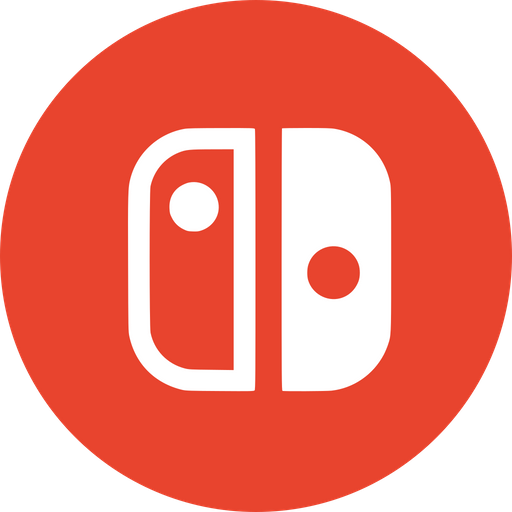

Apple will do what it always does, and launch any new product as and when it feels it has solved the problems raised by new product categories, and has something it believes is better than existing products.
Hahah. As long as you don’t hold your phone wrong or put it in your jeans pocket.




Original, and in my opinion best, Fallouts 1 and 2. M.A.X. which doesn’t get as mentioned as it should. Good old Blizzard games back before they turned evil. Sanitarium, awesome game from a studio who released it and promptly died after.